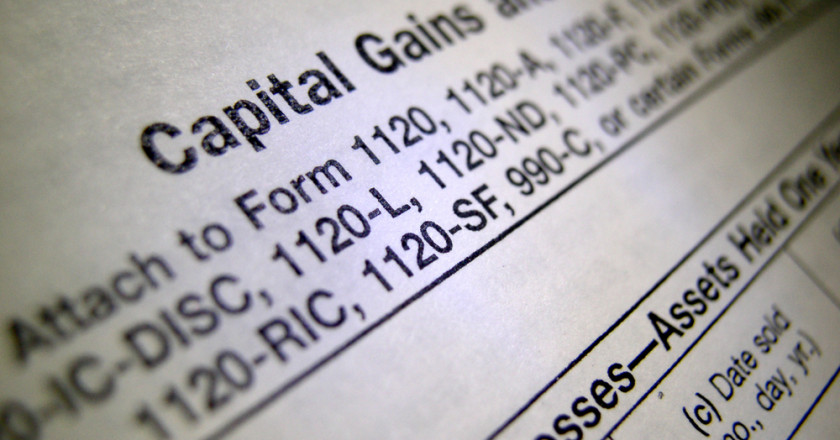Taxes
How to Achieve a 0 Percent Capital Gains Tax Rate
Your gains and losses are short-term or long-term. Short-term loses reflect sales of assets held a year or less. Long-term gains are for sales of assets held longer than a year.
Nov. 02, 2023

As an investor, you’re probably ware that you can benefit from a favorable tax rate on long-term capital gains. Depending on your situation, you may qualify for a maximum 15%, pretty good in most people’s books. But you might be able to do even better.
Believe it or not, some or all of your capital gain may be taxed at a zero percent rate! That’s not a misprint.
For starters, you figure out the tax due on the sale of capital assets—such as securities like stocks, bonds and mutual fund shares—on your tax return for the year of the sales. These capital gains and losses are “netted” and may cancel each other out to a certain extent. If you show a net capital loss from all your sales, you can use it to offset up to $3,000 or high-taxed ordinary income, like wages, and carry over any remainder to the next year.
Your gains and losses are short-term or long-term. Short-term loses reflect sales of assets held a year or less. Long-term gains are for sales of assets held longer than a year.
If you show a net long-term gain, the maximum rate is 15%. The rate for long-term gains is increased to 20% for investors above an annual threshold of taxable income. (Previously, these thresholds were tied top the regular income tax brackets.)
Key point: If taxable income for the year falls below a specified threshold, the maximum tax rate on long-term capital gain is zero percent. For 2023, the threshold is $44,625 for single filers and $89,250 for joint filers. This may apply to one or more of your kids with investment income.
For example, if your 18-year-old child has only $10,000 in income in 2023 and sells securities at a $30,000 long-term gain at the end of the year, the entire $30,000 gain is taxed at the zero percent rate. So your child effectively pockets $30,000 tax-free!
What’s more, this tax break isn’t “just for the kids,” If you are otherwise having a low tax year, a portion of your long-term capital gains may be taxed at the zero percent rate.
Let’s say that you normally have taxable income of $150,000 for the year and you file a joint return. However, in 2023 you expect to show a $100,000 loss from your S corporation. So your taxable income for 2023 is only $50,000. Because the upper threshold of the 15% rate is currently $89,250, you can realize a long-term capital gain of up to $39,250 and still not pay any tax on the gain. If your gain is $100,000, the remaining $11,750 is taxed at the 15% rate.
Furthermore, if you’ve already realized capital losses this year, any capital gains you realize are effectively tax-free up to the amount of the total capital loss. Thus, you can “cherry-pick” the short-term gains that will provide the biggest tax benefit.
Finally, be aware that capital gains from securities sales can cause “net investment income tax” (NIIT) problems and other complications. Practical advice: Huddle with your financial and tax advisors to devise your year-end plans.
